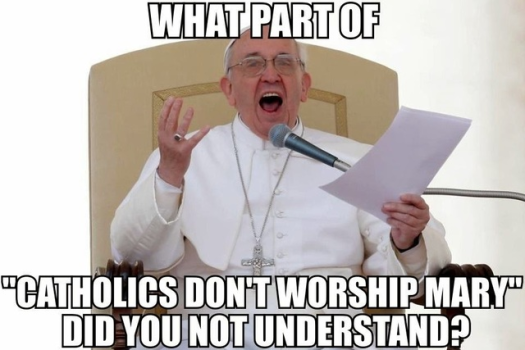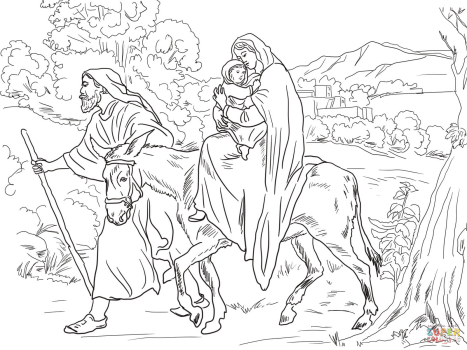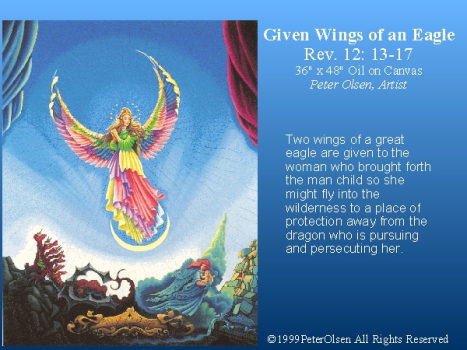Oxford Dictionary of the Christian Church (2nd ed., edited by F. L. Cross & E. A. Livingstone, Oxford Univ. Press, 1983, p. 430, “Dulia” – italics added, here and below):
(Latinized form of Greek douleia, ‘service’). The reverence which, according to Orthodox and RC theology, may be paid to the saints, as contrasted with hyperdulia, which may be paid only to the Blessed Virgin Mary, and latria (Gk., latreia), which is reserved for God alone. In classical as contrasted with ecclesiastical usage douleia is a stronger term than latreia.
This is consistent with the Catholic understanding. This dictionary goes on to define
latria as follows (p. 803):
As contrasted with dulia, that fullness of Divine worship which may be paid to God alone.
The standard non-Catholic lexical reference
Theological Dictionary of the New Testament (eds. Gerard Kittel & Gerhard Friedrich; abridged edition by Geoffrey Bromiley, Grand Rapids, Michigan: Eerdmans, 1985) concurs:
The Word Group among the Greeks [doulos and cognates] . . . the group has no religious significance for the Greeks . . . The worshipper is philos rather than doulos, so that it makes no sense to describe service of the gods, or life under the eyes of the gods, as douleia. (p. 183)
Likewise, for
latreia:
In Nonbiblical Greek. . . has such connotations as ‘service for reward,’ ‘labor,’ ‘bodily care,’ and ‘service to the gods.’ (p. 503)
Douleia can also be located in
Vine’s Expository Dictionary of New Testament Words, in volume 1, p. 139, under “Bondage,” and
latreia in volume 3, p. 349, under “Service, Serving.”
Douleia is Strong’s word #1397. It appears five times in the New Testament, and is translated “bondage” in the KJV (Rom 8:15,21; Gal 4:24, 5:1; Heb 2:15:
none referring to God). It is related to the following cognates:
#1398 douleuo “to be a slave” 25 times in NT
#1399 doule “handmaiden” / “female slave” 3 times, including Mary’s description of herself: Lk 1:38,48
#1400 / 1401 doulon / doulos “servant” / “slave” 127 times
#1402 douloo: “make a servant” 8 times
Latreia is Strong’s word #2999. It appears 5 times in the New Testament, and is translated “service” or “divine service” in the KJV —
in reference to God (Jn 16:2; Rom 9:4, 12:1; Heb 9:1,6). It is related to cognate
latreuo, Strong’s word #3000, usually rendered “serve” or “service.” It appears 21 times in the New Testament.
So, as usual, so-called exclusively “Catholic” words are found to have a completely biblical basis, and to follow the distinction even present in the pre-biblical Greek etymology, since the Latin
dulia and
latria are directly derived from the Greek.




